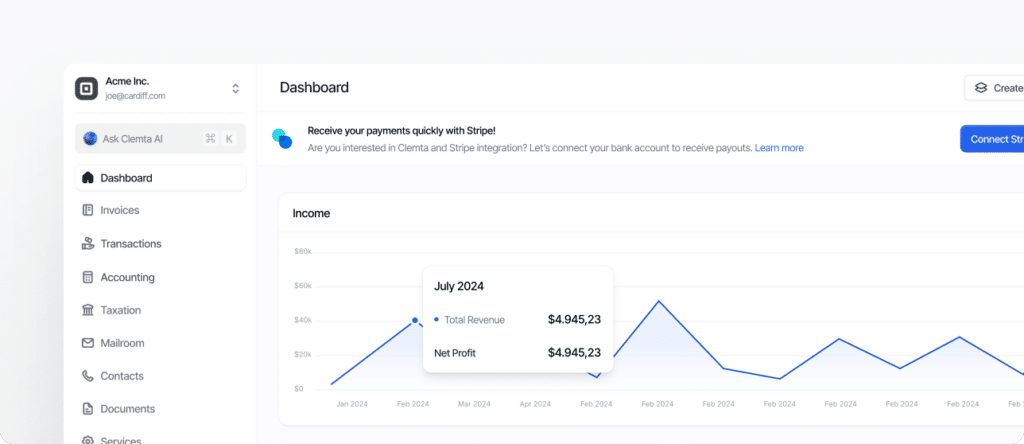A situation where the same income is taxed twice (first at the corporate level and again at the shareholder level when profits are distributed), most commonly associated with C Corporations.
What is Double Taxation?
Double Taxation refers to a tax structure where the same stream of income is subject to taxation at two levels (first when earned by the corporation, and again when distributed to shareholders). This is most commonly associated with C Corporations, the default entity type for many U.S. startups, especially those raising venture capital.
In a typical scenario, a C Corporation pays U.S. federal corporate income tax on its profits (currently at a flat 21%). When the corporation distributes those after-tax profits as dividends to its shareholders, those individuals are taxed again on the dividend income in their personal tax returns. For high-income U.S. taxpayers, qualified dividends are taxed at 20% plus a 3.8% Net Investment Income Tax (NIIT). Combined, this results in a total effective tax rate of roughly 39%, excluding any applicable state taxes.
For non-U.S. shareholders, there is an added layer of complexity: dividends paid to foreign owners may be subject to a 30% U.S. withholding tax, unless reduced by a tax treaty. On top of that, the shareholder’s home country may tax the dividend income again, resulting in international double taxation. Some countries provide foreign tax credits to alleviate this, but the process can be complicated and often requires the help of a CPA familiar with cross-border taxation.
It’s important to note that double taxation does not always result in a higher effective tax rate than other structures. For example, in some high-income scenarios, a pass-through entity like an LLC (which avoids double taxation) may still result in a similar total tax burden due to higher individual income tax rates. The real impact depends on factors like profit levels, distribution strategy, applicable treaties, and the shareholder’s tax residency.
To mitigate double taxation, business owners may use several strategies. These include paying higher salaries (which are deductible to the corporation), offering fringe benefits, retaining earnings instead of distributing dividends, or eventually exiting the company in a way that qualifies for favorable capital gains treatment. Additionally, the Qualified Small Business Stock (QSBS) exemption may allow founders and early investors in certain C Corporations to exclude capital gains from federal tax entirely upon exit (provided strict conditions are met).
In contrast, LLCs and S Corporations are known as pass-through entities, meaning profits are taxed only once (at the individual level), bypassing the corporate tax layer. This structure is often recommended for small businesses or foreign-owned companies where frequent profit distributions are expected. However, for non-U.S. owners, pass-through taxation can introduce foreign tax complications, as income may be taxable in the U.S. and in the owner’s home country, particularly if payments to the owner are treated as self-employment or personal income.
In summary, double taxation is a central consideration when choosing a business entity in the U.S. While C Corporations may face taxation at both the company and shareholder levels, they also unlock certain advantages (such as easier access to investment and eligibility for QSBS treatment). For international founders, careful planning and treaty analysis are key to minimizing tax exposure and structuring the company for long-term success.

